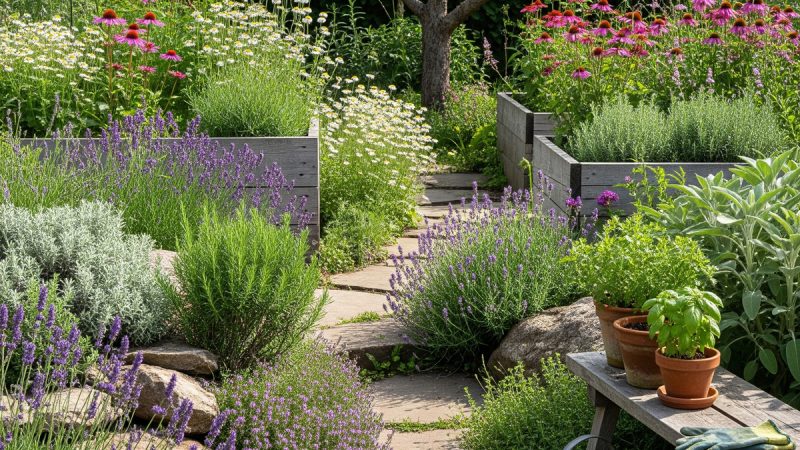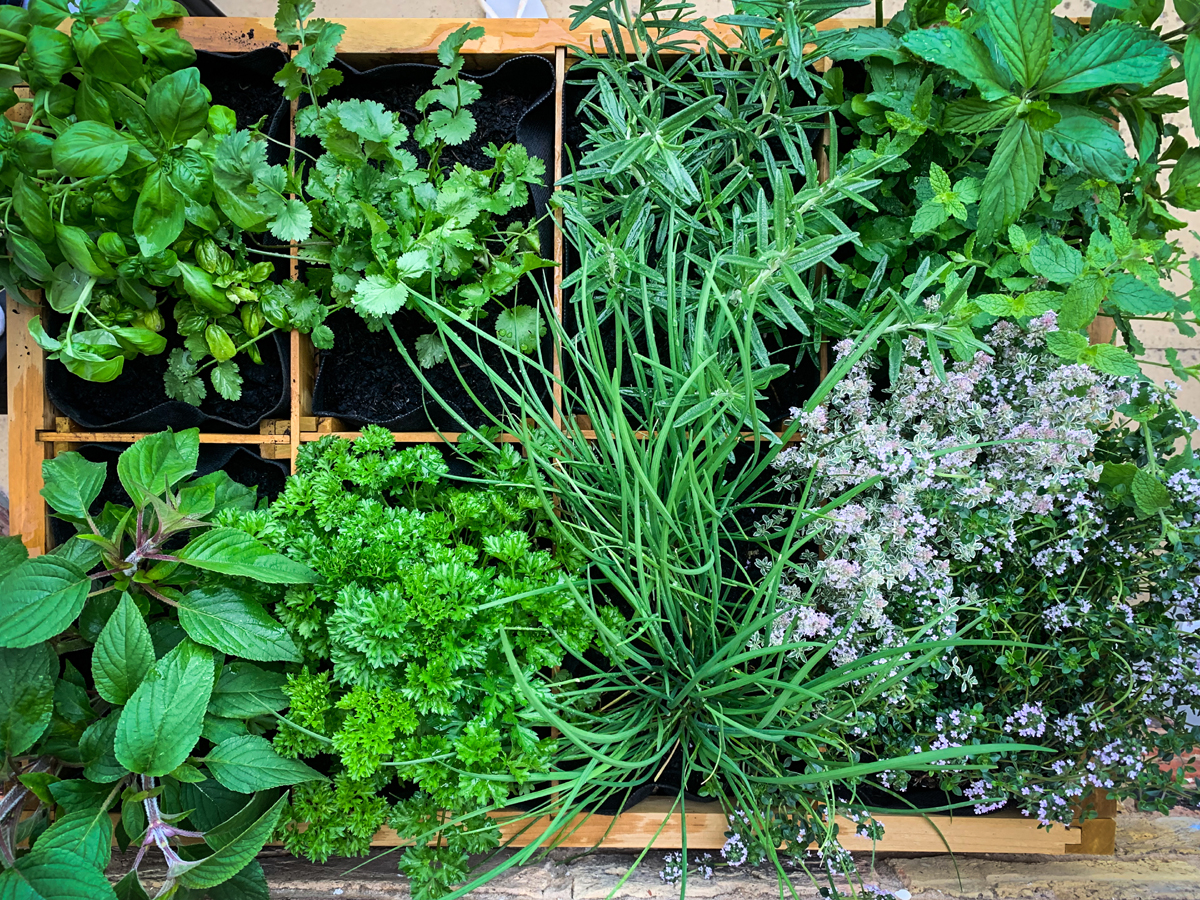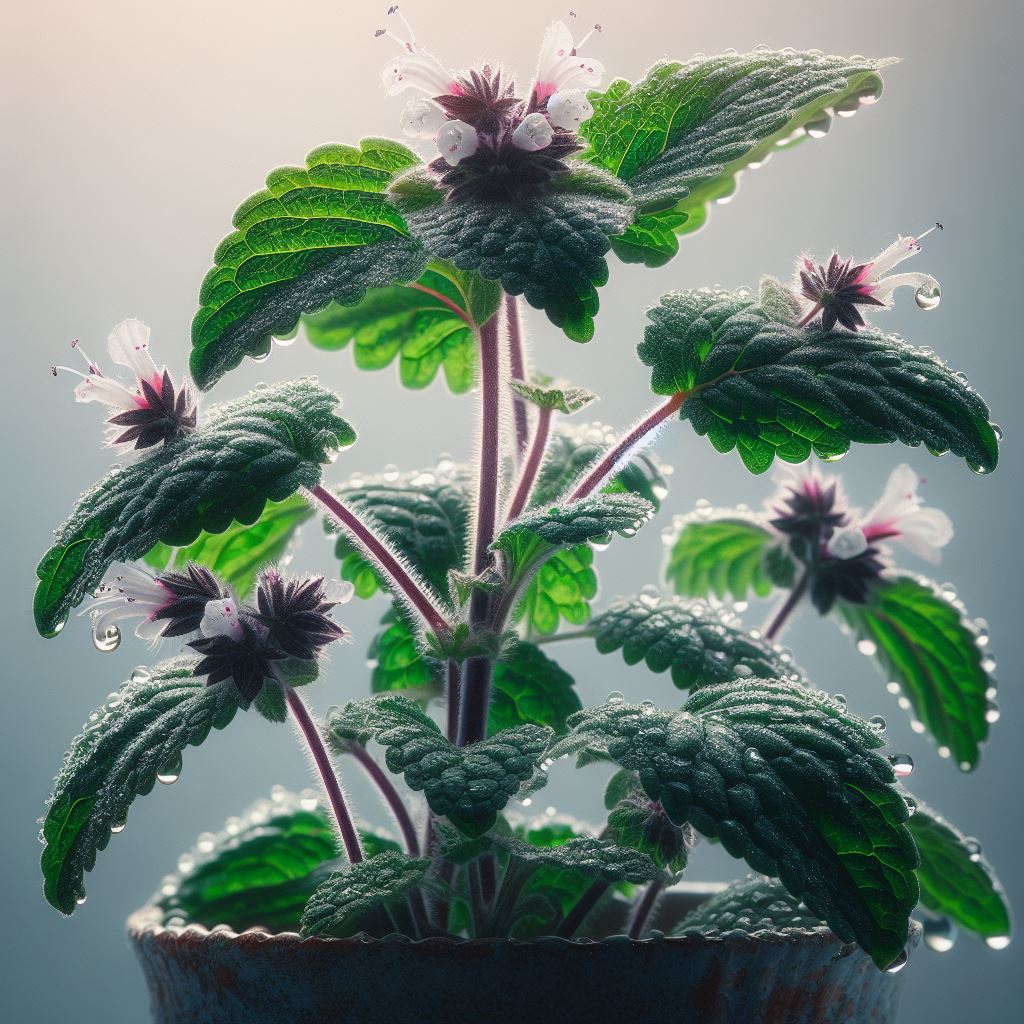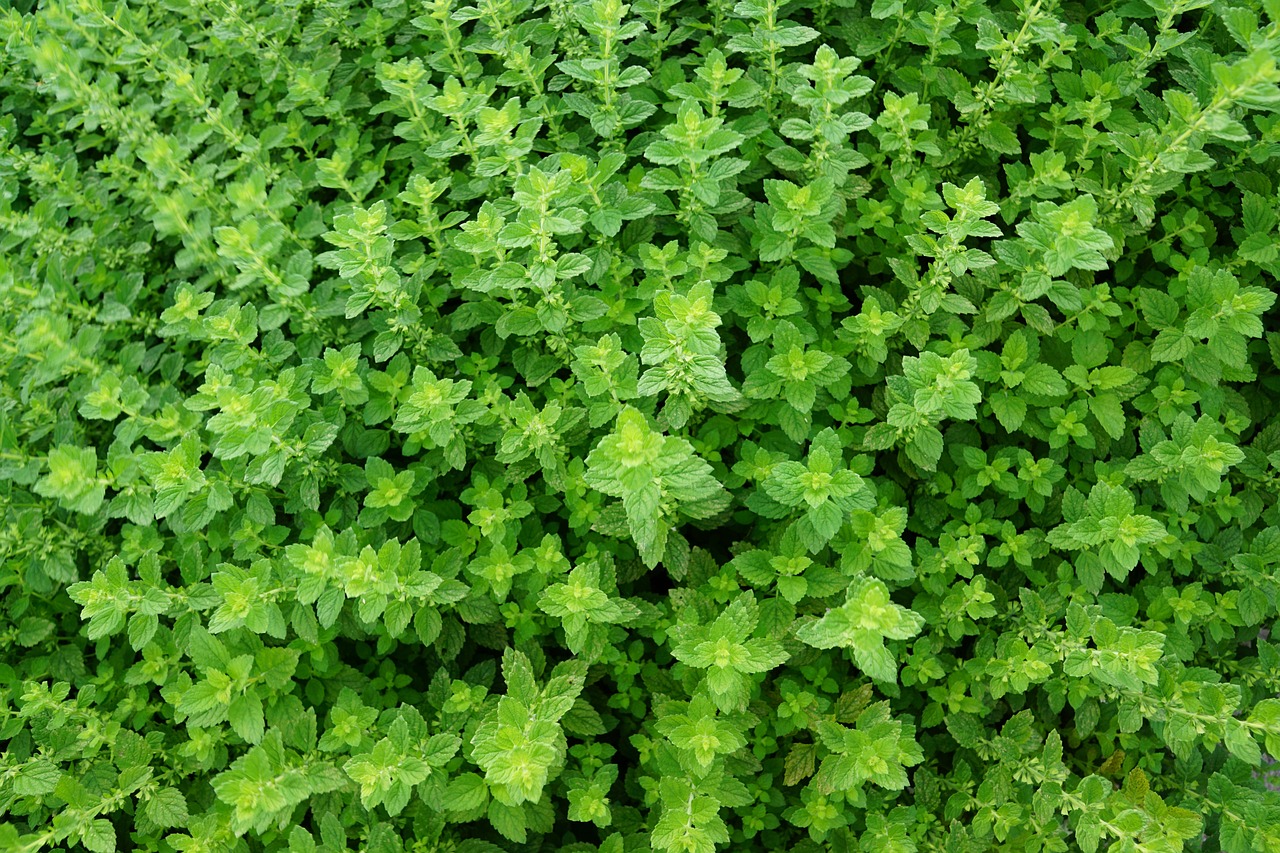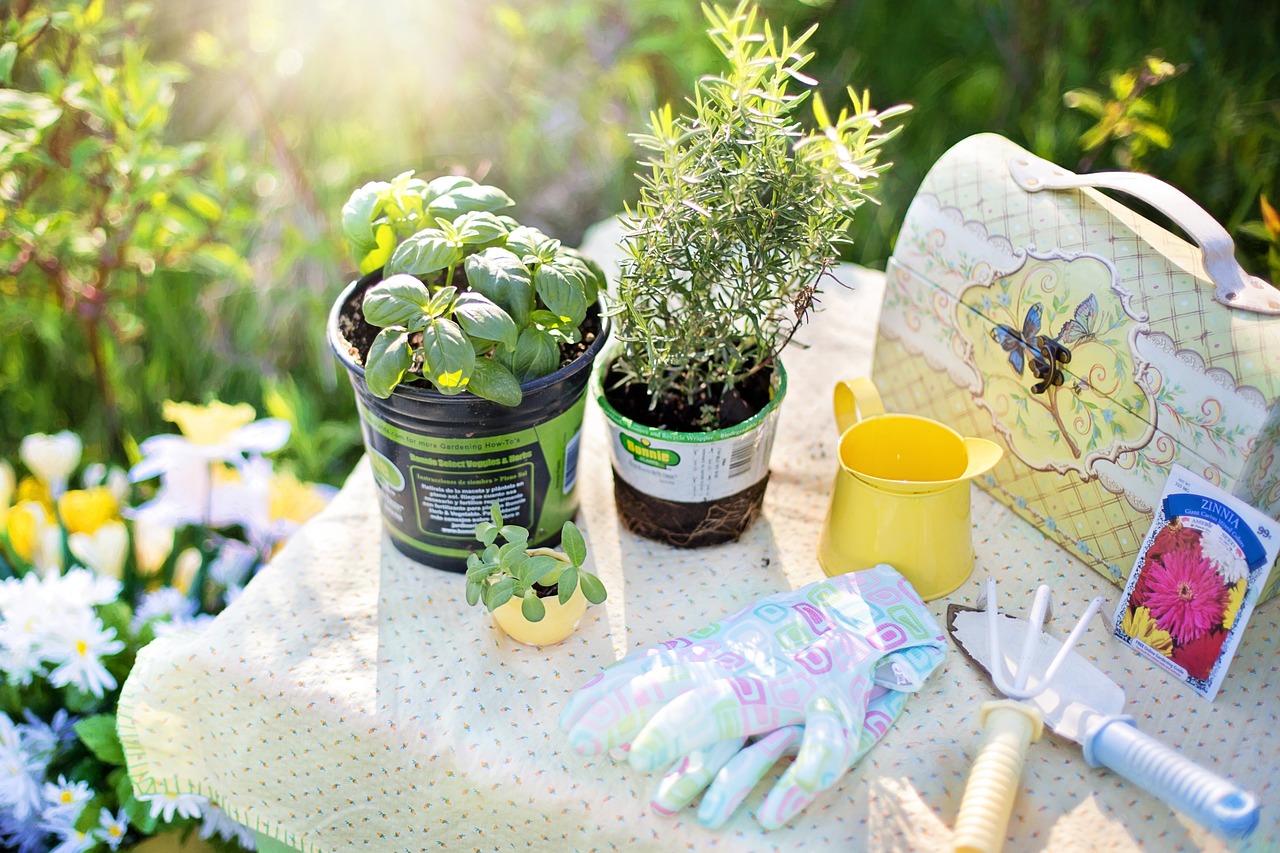How to Take Cuttings of Rosemary
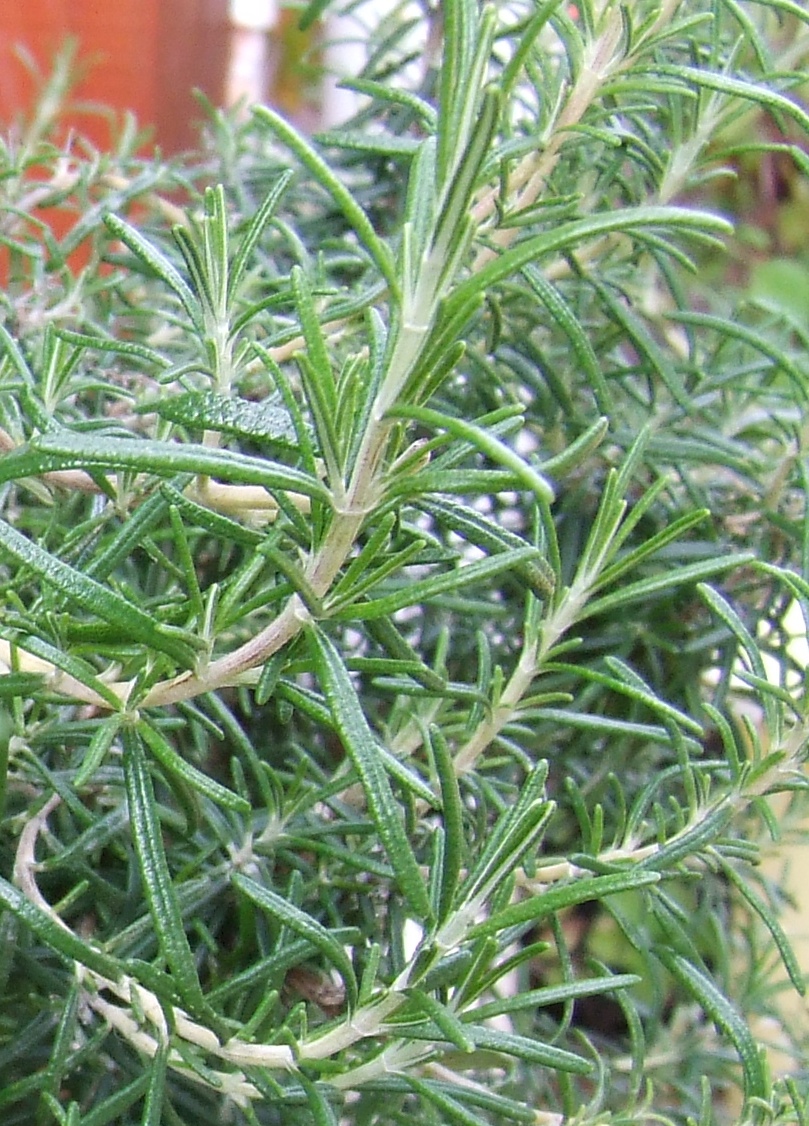
Rosmarinus officianalis, commonly known as rosemary, is a woody perennial herb with fragrant evergreen needle-like leaves, native to the Mediterranean. Its highly aromatic leaves compliment a wide variety of foods and it can be used both fresh or dried. High summer when fresh shoots are emerging is the perfect time to take semi-ripe cuttings and create lots of new rosemary plants. Snip off non-flowering shoots early in the morning and keep them in a sealed plastic bag until you are ready to root them. Here is a short guide to how.
Snip off new shoots to about 10cm long. Remove most of the lower leaves to give you a clear length of stem. Next, use a sharp gardeners knife to cut off the base of the stem to just below a leaf node (this is the point from which new leaves grow). Dip each prepared stem into hormone rooting powder. This will speed up the process by encouraging root growth in each cutting. Fill 10cm pots with gritty compost. You should be able to get about five or six cuttings to each pot. Insert the rosemary cuttings around the edge of the pot. This is better than inserting a single cutting into the centre of a pot as it helps encourage the cutting to put out roots and lessens the risk of rotting off. Water each pot well and place either in a cold frame, sheltered spot, on a shelf indoors, or a propagator. Alternatively, place a clear plastic bag over each pot to help retain moisture.
After a few weeks gently tip out the cuttings and check for root growth. Make sure you keep the compost moist at this point. Once your cuttings have developed a good root system, empty the pot and tease the cuttings apart. Plant each one up separately in its own pot using potting-on compost. It is also a good idea at this point to feed the young plants with a diluted fertilizer, as cuttings compost tends not to contains very many nutrients. Keep the young plants well watered and repot once they start to outgrow their first pot. By the following spring your young rosemary plants should be ready to plant out either in the ground or in garden planters. Place rosemary in containers near to your kitchen door to ensure a ready supply whenever you need it. Rosemary should be harvested often to prevent the plant from getting woody. Use the harvested shoots fresh or hang bunches up to dry for use in the winter.
The Author:
Jo Poultney is a RHS qualified gardener who has recently set up a business selling garden planters and garden related gifts via a website.

